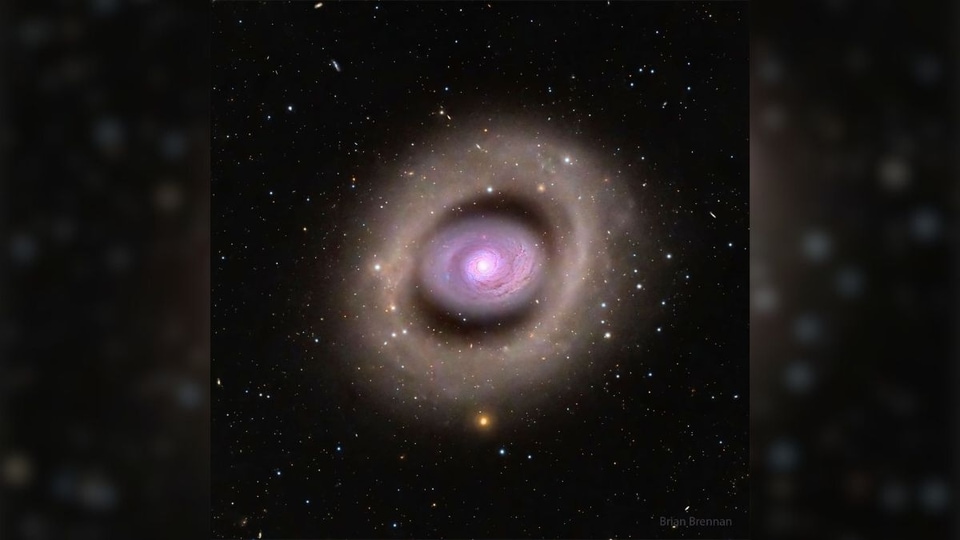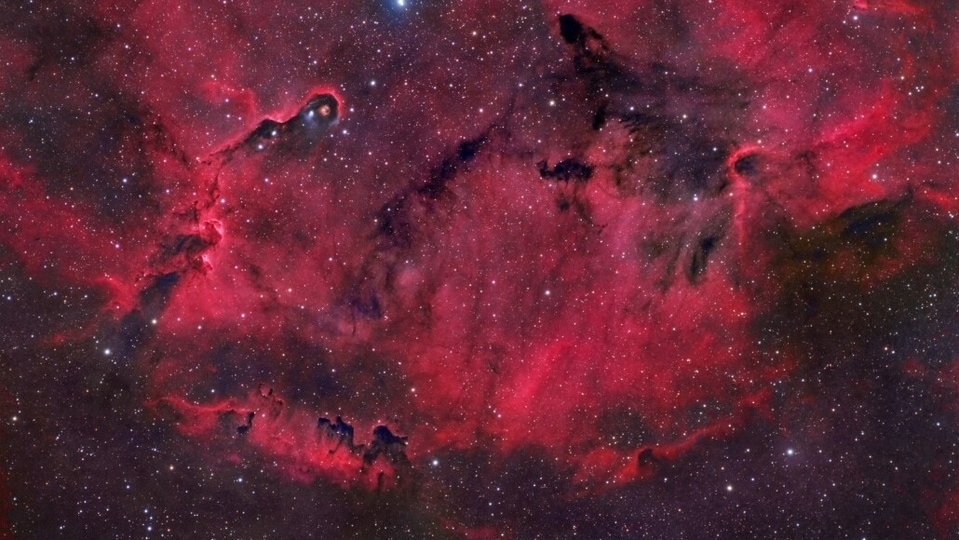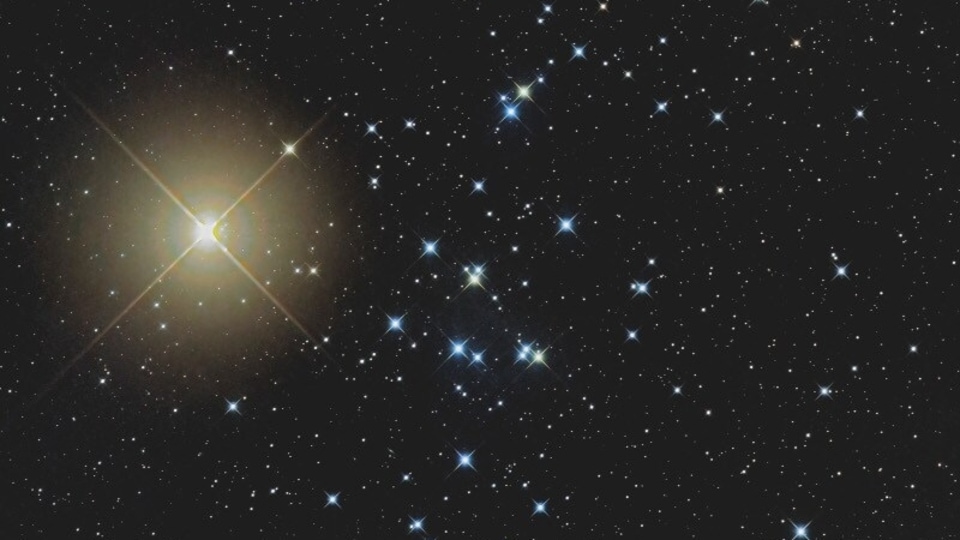NASA Astronomy Picture of the Day 10 June 2023: Mars with Beehive!
Today’s NASA Astronomy Picture of the Day is a captivating view of Mars with the famous Beehive of stars.






 View all Images
View all ImagesThe month of June will be quite interesting for skywatchers! Mars and Venus will be seen gradually approaching each other in the western sky after sunset. Adjacent to these celestial wonders is the captivating blue-white star known as Regulus, which serves as the heart of the constellation Leo, the lion. Furthermore, slowly and gradually, from the 20th to the 22nd of June, the crescent Moon will pass through this celestial region, creating a particularly spectacular view at dusk on June 21st.
Today's NASA Astronomy Picture of the Day is a stunning image of the red planet Mars near the stars of the open cluster Messier 44. In this month, the evening skies of planet Earth will also showcase Mars and Venus as prominent celestial guests. After sunset, these two celestial bodies will shine brightly in the western skies.
And now, as Mars journeys through the constellation Cancer the Crab, the scene was snapped by astrophotographer Rolando Ligustri on June 3.
Seen with a yellowish hue, Mars is about 17 light-minutes away. On June 12 or 13, it will be Venus's turn to be closer to the Beehive cluster, NASA explained. However, the brilliance of Venus's light may make it challenging to observe the individual stars of the cluster without assistance from other instruments.
NASA's Explanation of the Beehive Cluster
The Beehive cluster, a remarkable collection of stars, is located a mere 600 light-years away. Its stars are significantly younger than our Sun, NASA explained. The open cluster M44, situated within the constellation Cancer, stretches across an expanse of approximately 15 light-years. Within its area, there are approximately 1000 stars. When observed in the night sky, M44 appears to cover an area equivalent to about three full moons, spanning approximately 1.5 degrees.
Catch all the Latest Tech News, Mobile News, Laptop News, Gaming news, Wearables News , How To News, also keep up with us on Whatsapp channel,Twitter, Facebook, Google News, and Instagram. For our latest videos, subscribe to our YouTube channel.
































